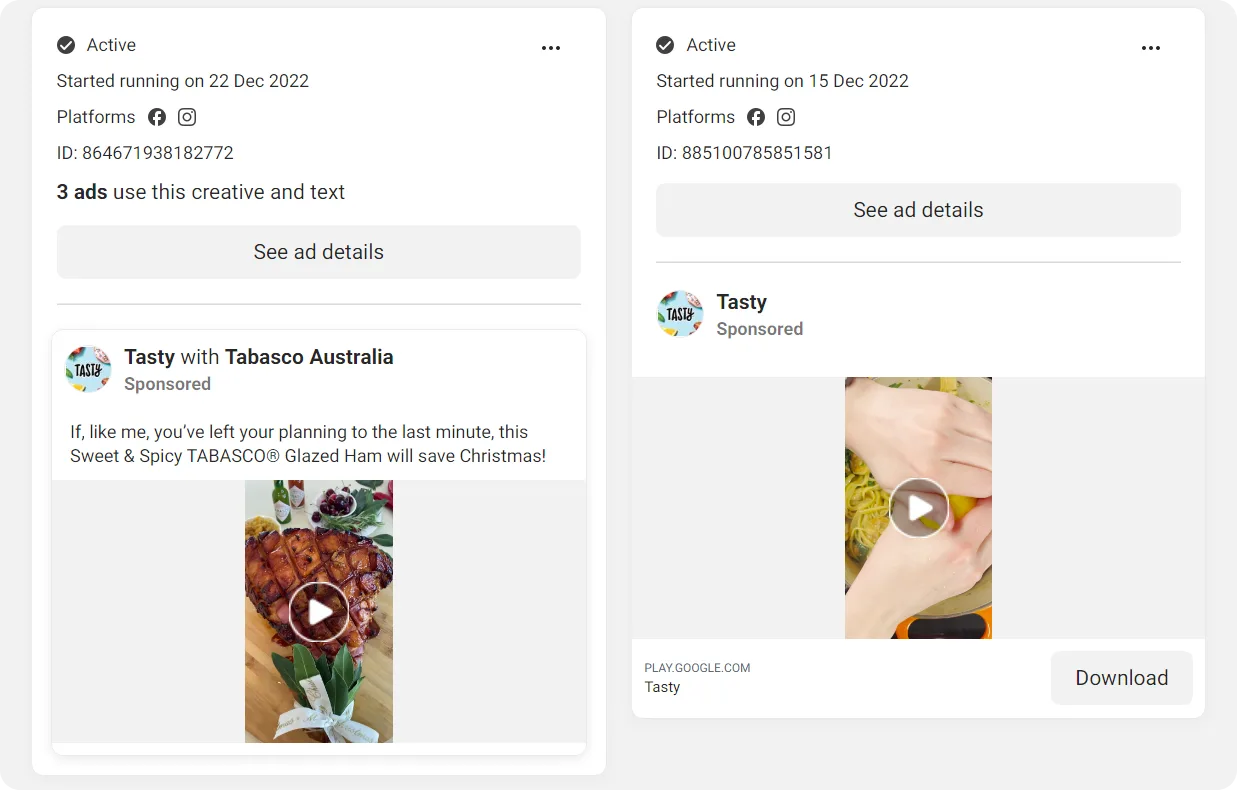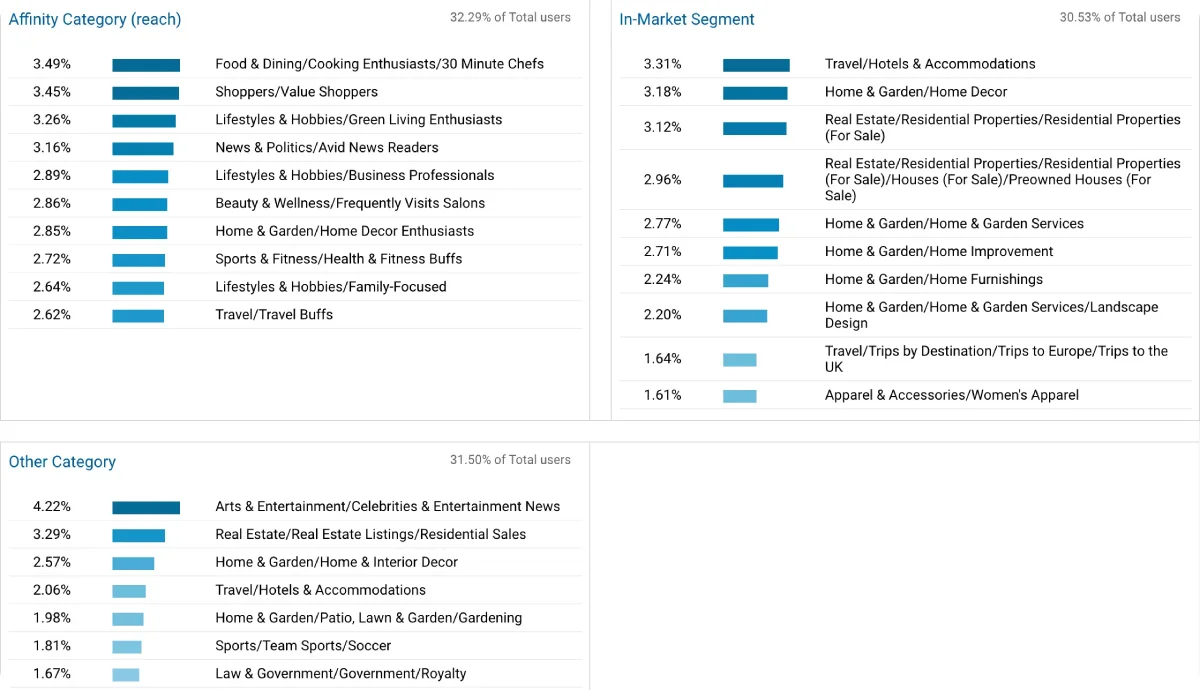

Hey there fellow OTT enthusiasts! It's Teyuto, your go-to provider for all things over-the-top.
We have been into OTT video solutions for a while and have learned a thing or two about monetizing video content.
Let's face it, creating top-notch content is a labor of love, and if you're not getting compensated for it, it can be a bit of a grind.

But don't sweat it yet! We're here to share some creative monetization strategies that will have you rolling in the dough in no time.
We'll be covering everything from identifying your target audience to optimizing your platform and everything in between. So, grab your pen and paper (also a bit of coffee), and let’s dive right into the brave new world of OTT video monetization!
Identify Your Target Audience: The Key to Video Monetization Success
You've got some killer content on your OTT platform. You're ready to start raking in the cash. But before you start slapping your ads left and right, it's important to understand who exactly you're creating the content for.

Knowing your target audience is the key to video monetization success.
But how do you identify your target audience? Here are a few tips:
- Conduct market research
Do your homework! This can be as simple as surveying your current audience or as in-depth as hiring a market research firm. Either way, get a sense of who your audience is and what they're interested in. The more detailed you get, the better. Source all details like demographics, income slabs, aspirations, motivations, and anything else you can lay your hands on.

This exercise will ensure that you can see your content (or your competitor’s) through the eyes of the people you’re targeting. The goal is to find what makes people tick, ultimately prompting them to make your desired purchase decision.
- Know what’s monetizable (and what’s working for others)
Don’t start out by creating strategies in your head. Start following videos of the creators who you think are building content along your business interests.
See how your competitors are positioning themselves and their products. What kind of response are they receiving and from what audiences? Is there a change in the demographics (age, gender, region, religion, etc.) or semantics (words, phrases, comments, implicit and explicit meanings, etc.) of different posts and their responses? What emotions their content is evoking? What may be prompting the viewers to watch? What are they commenting for?

Come up with more questions based on your unique business model and use case. Remember, this is an important step as it will guide your entire monetization strategy (and even the content creation process). So, make it as thorough as possible.
Let us give you some golden advice here. At the end of the day, you don’t necessarily have to "monetize your videos" (we’ll explain the why part in a short while). You just have to ensure that your videos directly or indirectly generate a steady income. To do so, the best place to look for is – yes, your competitors!
Find out where your competitors are making their spends. Because if they’re spending, the chances are there’s at least some financial advantage linked to it. This could be in terms of content strategy, campaigns, or any other pattern that you come across.
There are a couple of ways to do so. For instance, Facebook’s Page Transparency lets you know what any page is advertising. Here, as an example, we have Buzzfeed’s Tasty page. It shows us they’re quite bullish on third-party promotions and app downloads.

What does it mean? It means that they’re monetizing via paid promotions and somehow through their application, which will be our next breadcrumb.
We now go to the Tasty app. On a closer look, we find that its recipes lead to ingredient purchase via Walmart (and sometimes products on Amazon). This implies that it is operating on a commission-based model for these purchases (which we can also verify on the internet). Tasty also sells cookbooks, merchandize, and cookware. Obviously, all of these sellable units are often endorsed in its videos.
You see, Tasty wouldn’t have been the key driver of Buzzfeed’s growth if it operated on a paywalled model. The recipes create a content magnet that makes people keep coming back for more. So, a big takeaway here is that you don’t “necessarily” have to “monetize your videos”.
You just have to create a funnel that ultimately leads your target audience to something that generates income. If it’s your premium content line-up, then so be it. But if it’s some product, merchandize, or any other form of transaction, then why not?
The entire point of this exercise is to understand what could directly or indirectly generate revenues for you. In other words, what is monetizable and what strategies are working for others in your domain? If they’re working for them, then there’s a market need that they’re addressing. You can always use such insights to make informed decisions.
- Analyze your videos
Your video analytics can tell you a lot about who's watching your content and how they're interacting. Use this information to understand your audience's demographics, interests, and engagement levels.
You can easily do it on channels like YouTube and Facebook. But what if a user is on your website? Well, there are a couple of ways to go about it.
For instance, you can read the user’s IP address and use an IP database to determine their location. Similarly, there are different APIs that can help you understand the browser being used. Teyuto also provides you with handy analytics that gives you a deeper understanding of what’s working in terms of videos and what’s not.

You can also use third-party analytics tools such as Google Analytics to dig much deeper into your audience. These services give away an insane amount of data for free including demographics (age, gender), geography (location in terms of states/cities), interests, device usage patterns, engagement levels – or virtually everything!

With the right marketing analytics, you can easily get a complete insight into your audience and their preferences. It will also help you determine how your user acquisition is taking place. See where the drop-offs are and what could be the possible reasons.
This makes it easier to create content tailored specifically for your audience. Need we say how important this is?
After all, creating personalized experiences helps increase customer engagement and retention rates while improving brand loyalty – two key drivers of income generation!
Now that you have identified who exactly your target audience is, let's delve into some creative ways to monetize your videos.
Before you move to the next section, make sure you have a good understanding of what is video monetization and what different monetization strategies there are at your disposal (subscription, advertising, transactional videos, merchandizing, donation, etc.). You can watch this video, where Steffi from Teyuto explains it in an easy-to-understand format.


Enjoyed this read?